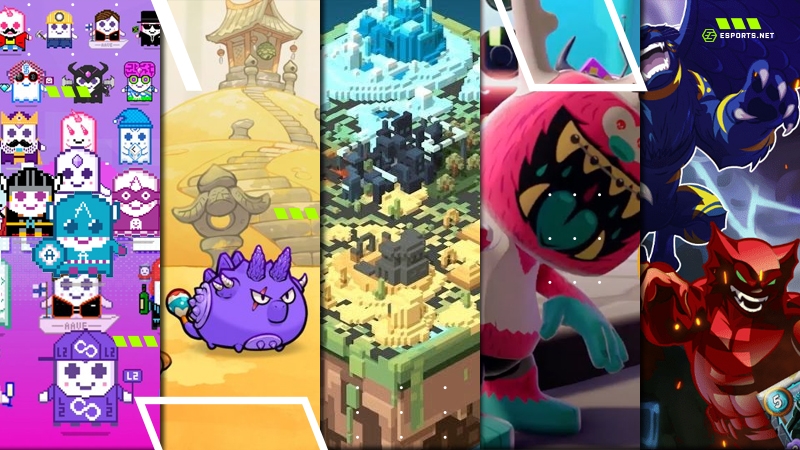Android Data Recovery
Do you know that the average video gamer spends about eight hours of their week on games such as the World of Warcraft saga? The classic video gamer is no longer than 15- to 20-year-old recluse with controls gaming in the basement of his mother's house. No. The typical gamer today is that gadget head's mom. The average age of the typical gamer is 34, with a job and salary.
Eight personas describe the modern gamer as per the Newzoo Gamer Segmentation research. Over 54% of these personas, including the ultimate, all-around enthusiast, cloud, conventional, and hardware enthusiast gamers, spend loads of their resources on extreme build rigs, in-game assets, and active gameplay.
To ease access to game cd keys, third-party platforms such as Gamecamp.gg have stepped in, providing safe and accessible cd key price comparison services for various games. As an illustration, you can purchase a cheap Minecraft cd key on Gamecamp.
On top of that, you can access WoW Shadowlands cd keys on Gamecamp and fast-track your in-game goals. Blizzard might be the legitimate official source of WoW cd keys, but secure platforms such as Gamecamp even the playing field, allowing players to save up some cash and play the games they want at a lesser cost.
The P2E economy
Despite massive pushback from many game developing businesses, third-party marketplaces' in-game assets are evolving. This change has escalated as more people spend their time in online role-playing video game environments.
The play-to-earn gaming system has taken root, and the eSports and real money gaming sectors now reward players with financial incentives for gaming time and experience. As a result, the eSports market is now worth $1.08 billion and will cross the $1.62 billion mark by 2024.
This figure will balloon further as the play-to-earn gaming ecosystem explodes in the blockchain gaming arena. Blockchain technology introduces decentralization to the play-to-earn gaming environment, supporting the creation of non-fungible tokens (NFTs).
The rise of gaming guilds
Gamers that hold in-game assets in NFTs can easily earn rewards in cryptocurrency form. Essentially, gamers can now make a living off their favorite pastime. But that is not all there is to the new play-to-earn gaming model. Blockchain decentralization protocols and smart contracts support the creation of gaming guilds.
Gaming guilds act as investment groups that onboard players to the P2E economy. These guilds will become home to billions of active players, introducing them to blockchain technology, decentralization, and non-fungible tokens.
On top of that, these guilds embrace community governance and therefore support safe and secure investment in the rising metaverse and Web 3.0 economy. Gaming guilds are now all the range in areas such as the Philippines that quickly embraced blockchain play to earn games such as Axie Infinity following the global pandemic.
Today, these guilds have formed decentralized autonomous organizations (DAOs) that will reap the most from the future of work. In the future, people that gather around a shared perspective or goal such as gaming and work towards it will enjoy the upside of their networks.





















